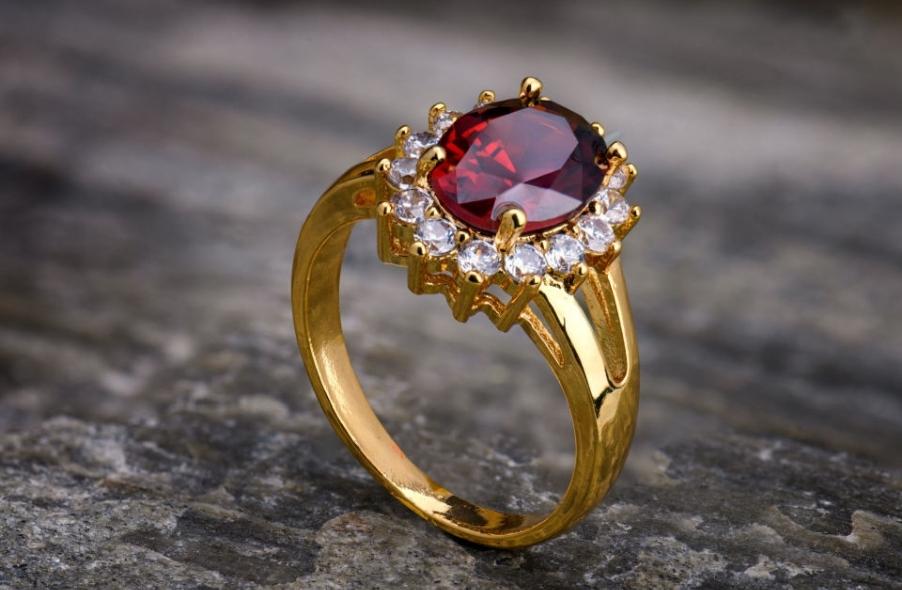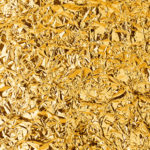When you hear carat and karat, you may assume they are spelled differently but mean the same thing. However, the homonyms carat and karat refer to two separate forms of measurement, with carat referring to diamonds and precious gemstones and karat relating to the ways that smiths measure the purity of gold.
Knowing the difference if you plan to buy or sell fine jewelry is essential. In particular, if you hope to find the perfect engagement ring for your special someone or add a diamond or piece of gold jewelry to your collection, you must familiarize yourself with these terms. In this article, our Learn About Gold team discusses karat vs. carat and how these terms relate to diamond weight and gold purity.
Carat vs Karat: What Is a Karat?
The word karat refers to gold purity, or gold in its purest form. Jewelers and goldsmiths measure the gold purity by the proportion of gold in a given piece of jewelry using a scale of 24 parts, or karats. 24-karat gold refers to 100% pure gold because all 24 components in the mixture consist of pure gold. Jewelers also use karat to describe the parts of a gold alloy or the proportions of pure gold when combined with other metals, such as silver, platinum, or palladium.
Generally, goldsmiths won’t make your perfect engagement ring or other jewelry with 24-karat gold, as 100% pure gold is highly malleable and may more easily lose its shape. Instead, they search for high-quality gold alloys and other metals to create a more wearable, practical piece of jewelry.
Various alloys and karat levels in a ring or other type of jewelry will produce different gold colors, depending on the mixture. A higher gold content will create a more yellow appearance in the metal. In contrast, lower karats will make a whiter or even rosy color, depending on the other metal selected by the smith.
High-end jewelry often ranges from 10-karat to 20-karat gold, but the most common gold type that goldsmiths use in jewelry is 14-karat gold. At 58.3% pure gold and 41.7% other metals, this gold alloy remains the most durable for long-term wear.
Carat vs Karat: What Is a Carat?
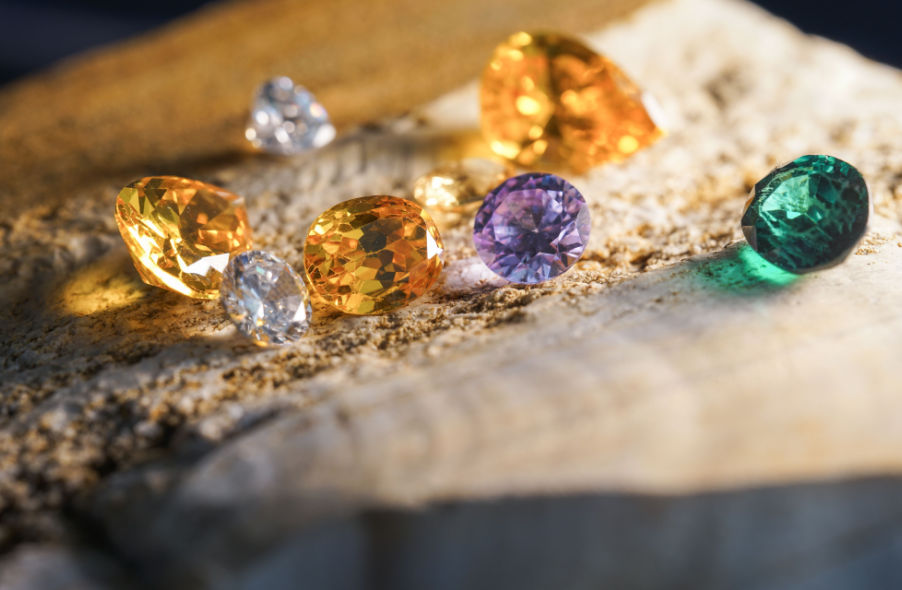
When it comes to carat vs karat, many assume that the difference is that carat refers to the size of a diamond or gemstone. However, the term carat refers not to size but to the weight of gemstones. Gem traders consider it one of the four Cs of diamond quality: carat, color, clarity, and cut.
One carat is equal to 200 milligrams. Higher carat weight will come at a higher price. Price can rise as the weight of the carat increases, but this surge in price doesn’t occur on a linear scale. Likewise, the cost varies depending on the carat weight and carat size because these factors influence the clarity and color of a gemstone or diamond.
Round diamonds are among the most popular type of diamond, with smiths often using them to create the ideal engagement ring. Usually, an engagement ring will have a one-carat diamond, as these are the most practical, though some buyers may pass up the one-carat diamonds and opt for a larger carat size at a heftier price.
Should You Purchase 24-Karat Gold?
While many may consider a 24-karat gold ring a luxury item, it may not be the most practical purchase. The most common metal alloy that people seek for wedding rings is 18-karat gold, as this karat level most commonly produces white gold. According to a survey from JCK, 54% of buyers prefer white gold metal to yellow gold metal for a wedding ring.
White gold is one of several common alloys that goldsmiths use to create the perfect wedding ring. 75% of its content consists of gold, while the metals zinc and nickel make up the remaining 25%.
JCK’s survey shows that only 13% of American buyers prefer yellow gold for wedding rings and other jewelry. However, even if these rings contain an increased gold content to create that yellow coloration, goldsmiths will still combine the gold with other metals to help the gold maintain its shape.
How Does Carat Size Affect the Price of a Diamond?
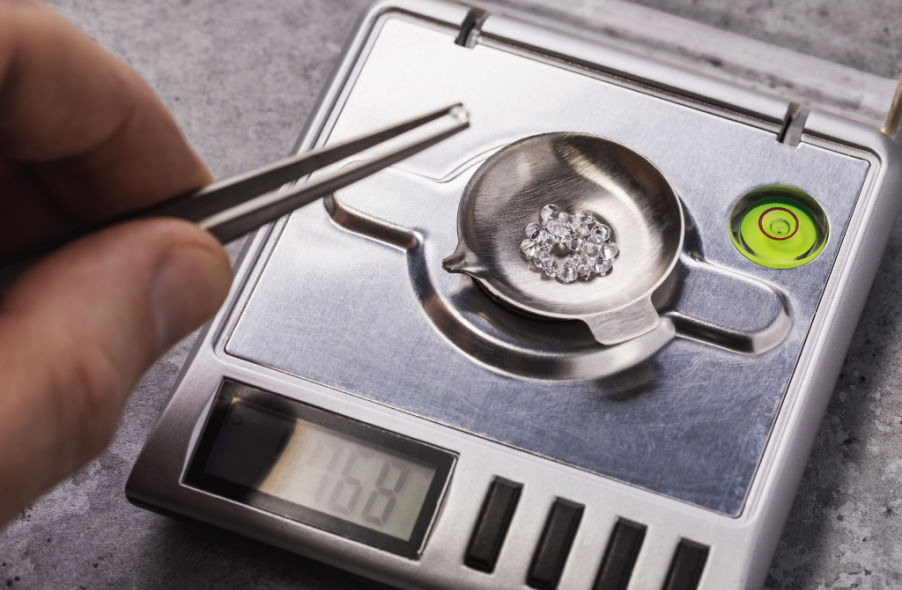
Because many buyers misunderstand what a diamond carat is, they assume their budget can stretch for more than what the jeweler will present based on their price range. One carat is equivalent to 200 milligrams. Given the misconception about the size of diamonds and carats, some buyers may enter a shop expecting to purchase a 10-carat diamond, only to discover their budget can only cover a one-carat or a half-a-carat diamond.
Many factors affect the cost of diamonds. Below, we listed a few to consider before you shop:
The Cut of the Diamond
Dubbed the hardest naturally occurring mineral on Earth, the diamond has become one of the market’s most popular—and expensive—gems. Jewelers can cut this famous gem into many different styles, with some styles costing more than others.
The Clarity of the Diamond
It’s essential to note that when miners first pull diamonds from the Earth, they possess perfect clarity. The blemishes and cloudiness come from the process of cutting them down and a lack of care on the part of the owners.
Of course, the higher the diamond carat count, the clearer the stone will appear. Still, having more carats doesn’t necessarily mean perfection. The clarity depends on the skillful hands of the jeweler and how well you care for your diamond following purchase.
Karat vs. Carat: Calculation and Etymology
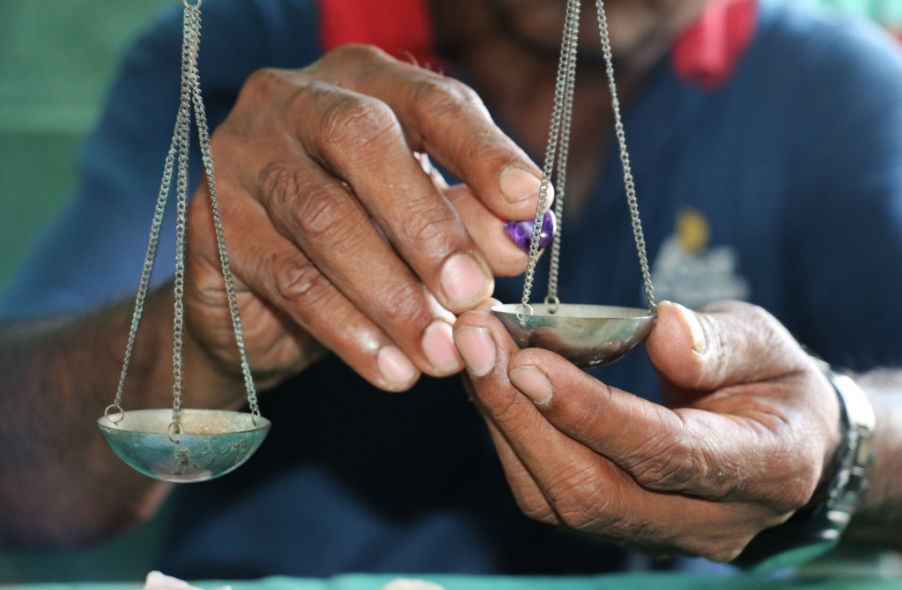
Before the 16th century, gem traders lacked a specific measuring system to weigh a precious stone. With limited means of defining a stone’s worth, traders resorted to comparison, weighing each gemstone alongside items of similar size or weight.
In Africa, traders used carob seeds in the process of diamond weighing and calculating the difference in weight between other precious stones. Carob seeds came from the fruit of carob trees that grew along the Mediterranean. The seeds were similar in size to some of the gems the traders found, so they began to use the carob seeds to determine the weight of diamonds and precious stones.
Eventually, improved scales were developed, leading to more specific measurements. Traders and jewelers used this technology to compare their counterweights, carob seeds, to stones, and they learned that an individual carob seed weighed roughly 0.20 grams. This measurement is where the standard carat weight of 200 milligrams comes from, though jewelers today no longer use the seeds as standardized counterweights.
As with many words and phrases across various languages, the word carob changed over time, eventually morphing into the modern words carat and karat. Although a karat of gold is not equivalent in weight to a diamond carat, the number of karats does increase with the increased percentage of gold in an alloy, which corresponds to the gold’s weight.
Carat vs. Karat: Final Thoughts
The difference between carat vs. karat can stump many buyers looking to add gems or gold to their expanding collection and sellers looking to determine the worth of a particular piece. In some jewelry-related publications, you may see these terms misused, but it’s critical to remember their meanings to make the best choices when purchasing or selling precious gold and gems.
An easy way to remember the difference between carat vs. karat is by remembering the four Cs of diamond quality. Carat count is the first factor jewelers consider when determining the worth of a diamond, whereas karat refers to the volume of pure gold in a given piece of jewelry.
If you’d like to learn more about the purity of gold and how to determine the worth of various precious gems, as well as how you can add these items to an IRA, reach out to speak with the friendly experts at Learn About Gold via our website.
